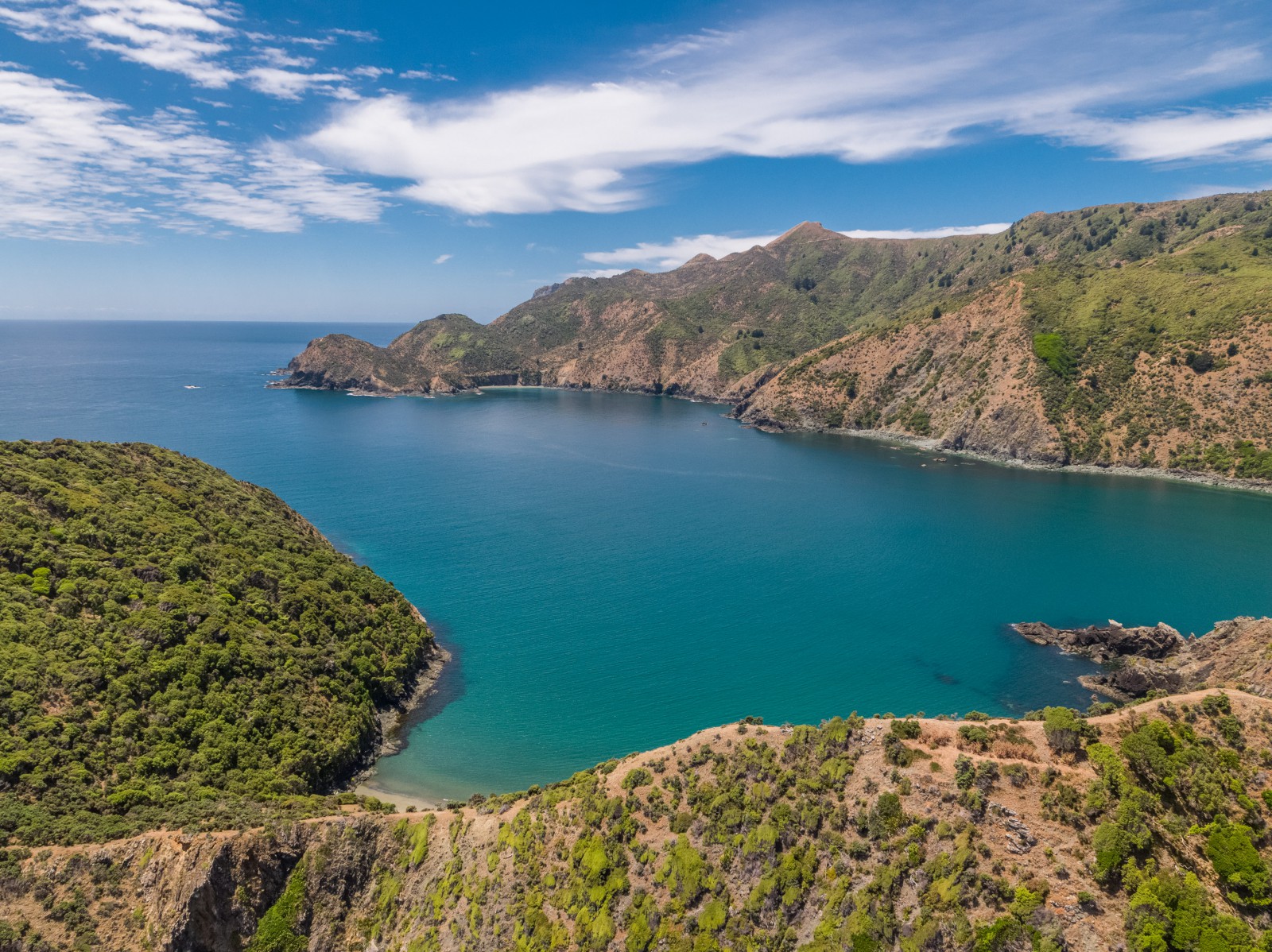This bay has steep cliffs on both sides and becomes very shallow at its head. It is a good picnic spot but completely open to sea breezes and sea conditions. There is some shelter from N sector winds in the bay on the eastern side with about 10 m of water.
Otu Bay
History
In Māori, otu means washboard. It is the part of the waka (canoe) that is connected to the prow and prevents the waves that hit the bow from washing into the boat.
It is likely this name was applied to the bay due to the long peninsula of land that runs out to Bottle Pont, on the south side. This peninsula provides a figurative washboard to the bay, protecting it from heavy winds and seas from the south and south-west, preventing large waves from breaking over the beach.
Evidence of early inhabitation by prehistoric iwi such as the Waitaha has been found in the bay in the form of argillite flakes and partly worked tools. Broken moa bones have also been discovered near Bottle Point.
Discarded mollusc shells in other locations indicate later inhabitation by iwi such as Ngāti Kuia.
In 1829, in revenge for the part the Ngāti Kuia took in the battle of Wai-o-rua, a relative of Te Rauparaha crossed to Otu and killed the chief Te Waihaere and took many of the iwi back to Kapiti Island as prisoners.1
I. W. Keys, “The Cultural Succession and Ethnographic Features of D'Urville Island”, The Journal of the Polynesian Society, 69 (1960), accessed April 24, 2018, http://www.jps.auckland.ac.nz/document/?wid=3081 .
- Anchorage
- Only comfortable in light to moderate winds from NE to S.
- Shelter
- Good
- Depth
- Shallow







